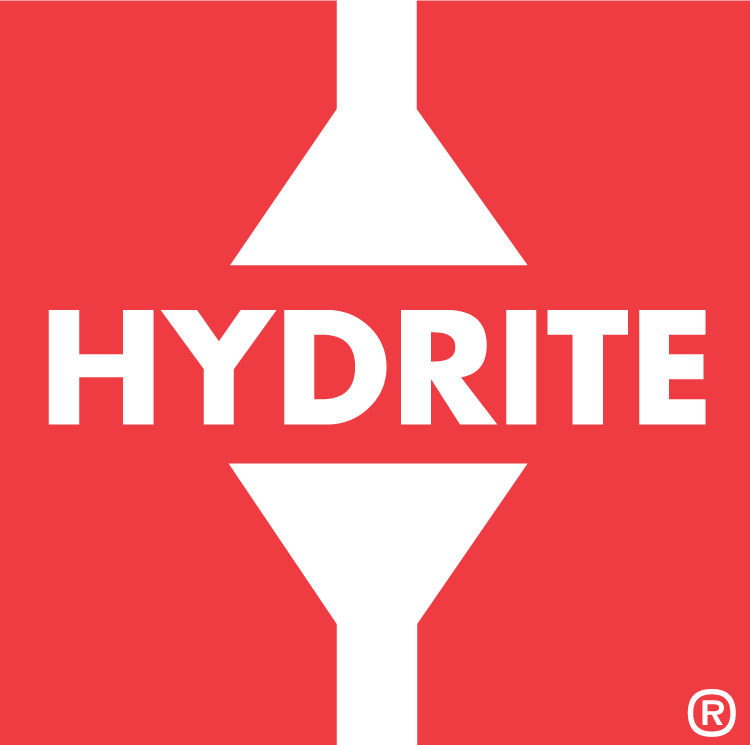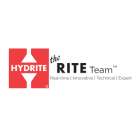
Membrane Soaks
Properly preserving a membrane system during extended downtime is essential to maintain performance and extend membrane life. This guide outlines the key procedures for soaking, recirculation, and restarting membrane systems, including when to use acid or enzyme soaks and how to prepare for system reactivation.
- A membrane system will require a preservative soak if the system is going to be down for more than 6 hours.
- A full CIP should be conducted prior to placing a membrane unit into a soak. Follow the current membrane cleaning SSOP.
- There are a couple of options to choose from when putting a membrane system into a soak.
Acid Soak—Add Hydrisoak No. 180 in the amount recommended in your procedure. Keep pH between 3.5 - 3.8 (adjust with membrane acid on hand, if necessary). If the pH elevates above 4.0, rinse and recharge to set parameters. The active antimicrobial agents in the soak solution are only effective at a pH of 4.0 and below.
Enzyme Soak—Perform this type of soak if it is required to remove excess protein. Add the chemistry from the enzyme wash stated on the CIP recipe. Use all of the chemistry as prescribed in that wash and verify the pH is between 9.5 - 10.0. Recently, we have discovered that the enzyme will eventually cannibalize itself and will no longer be active—extended soaks for more than 6 hours show little, if any, remaining enzyme activity. If it is necessary to be down more than 6 hours, flush out the system and perform a clean water flux. If the flux results still indicate a dirty system, recharge with fresh enzyme solution, bring to temperature, and circulate for 30 min. Shut down and soak for up to 6 more hours. Flush the system and perform another clean water flux test. When you are confident that protein has been removed, flush the system and place it into an acid soak.
Recirculation—Regardless of the type of soak, the system needs to be recirculated every 12 hours. The reasons for this are twofold: It keeps the solution viable and it eliminates air voids that can be detrimental to membrane life. At each recirculation, check the pH and adjust as needed. If the solution appears cloudy, flush the system and recharge with fresh soak solution.
Post Soak—When it is time to restart the system for operation, flush the system to neutral pH and perform a basic alkaline wash. Use your recipe to determine the amount of alkaline chemical needed. Only alkaline chemical is necessary—no surfactant is required. Circulate the alkaline solution for a minimum of 10 minutes at temperature (118°F) and pH (10.5). This will condition your elements. Acid tightens the elements and an alkaline wash will loosen the elements and prepare them for operation, giving you the best performance. After alkaline circulation, flush the system to neutral pH and ready for production.
Sanitizing—Sanitizing is unnecessary if the system comes out of an acid soak because it the system is already soaking in an antimicrobial solution. If coming from an enzyme soak, sanitizing should be completed.
Reach out to The RITE Team® for more information on membrane soaking, sanitizing, washing or general operation.

